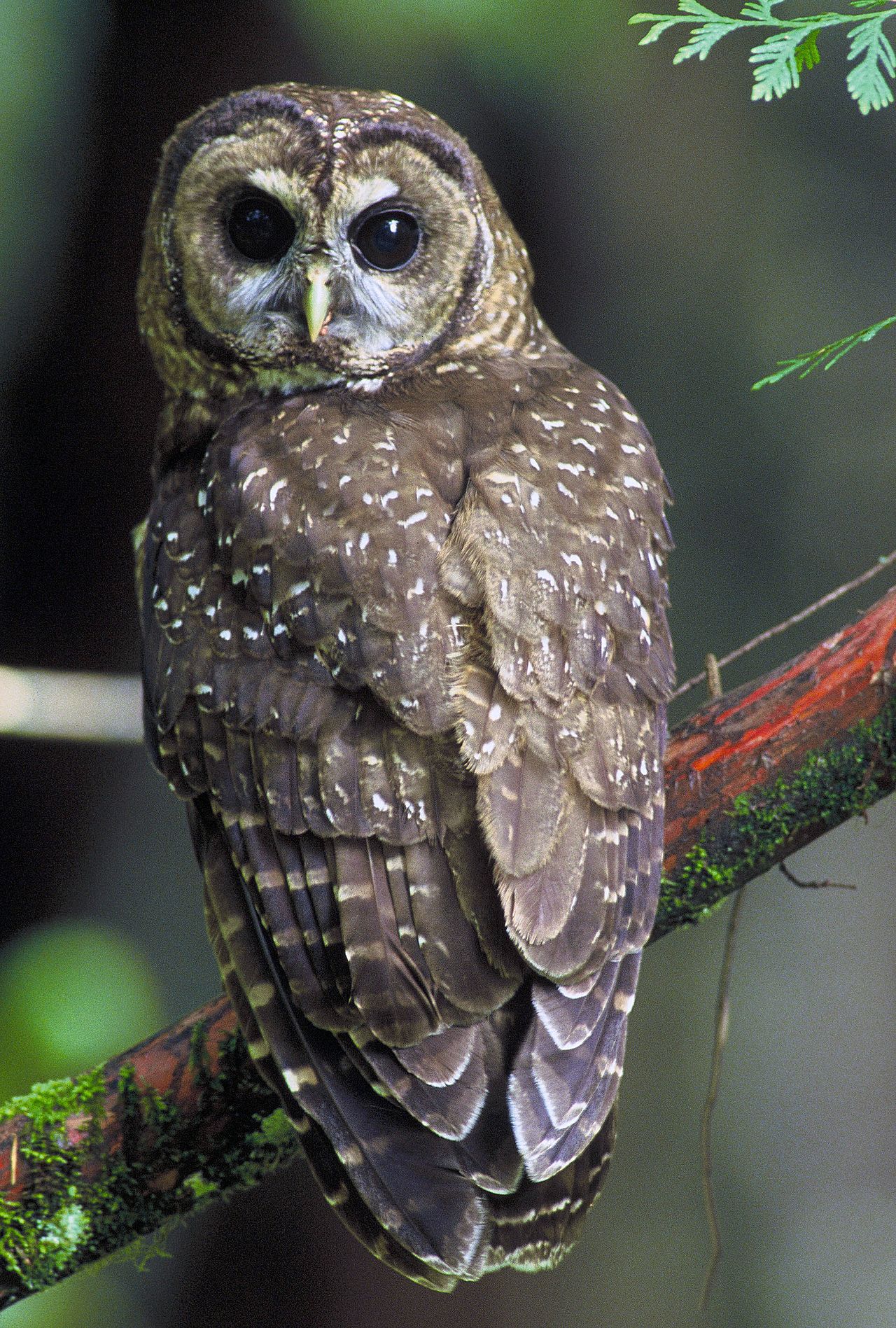by Greg Walcher, E&E Legal Senior Policy Fellow
As appearing in the Daily Sentinel
When is natural evolution acceptable? Should we generally let nature take its course, or stage an intervention? Apparently, one’s answer depends on one’s political agenda.
When Northern gray wolves migrate into Rocky Mountain wolves’ turf, that’s OK, nature taking its course. In fact, taxpayers have spent millions aiding that “introduction.” But when channel catfish migrate into the razorback sucker’s habitat, they must be removed! There are scores of examples of such opposite strategies. That’s because sometimes wildlife officials think evolution is good, sometimes not. It depends on which approach best advances the preferred policy.
For example, if endangered fish are an important tool for controlling Colorado River water, the purity of the native species must be maintained at all cost, including removal of non-natives. But if a non-native “introduced” species like wolves or lynx can be used to stop grazing, logging, mining, or other public lands uses, then the “non-native” part becomes a minor technicality.






